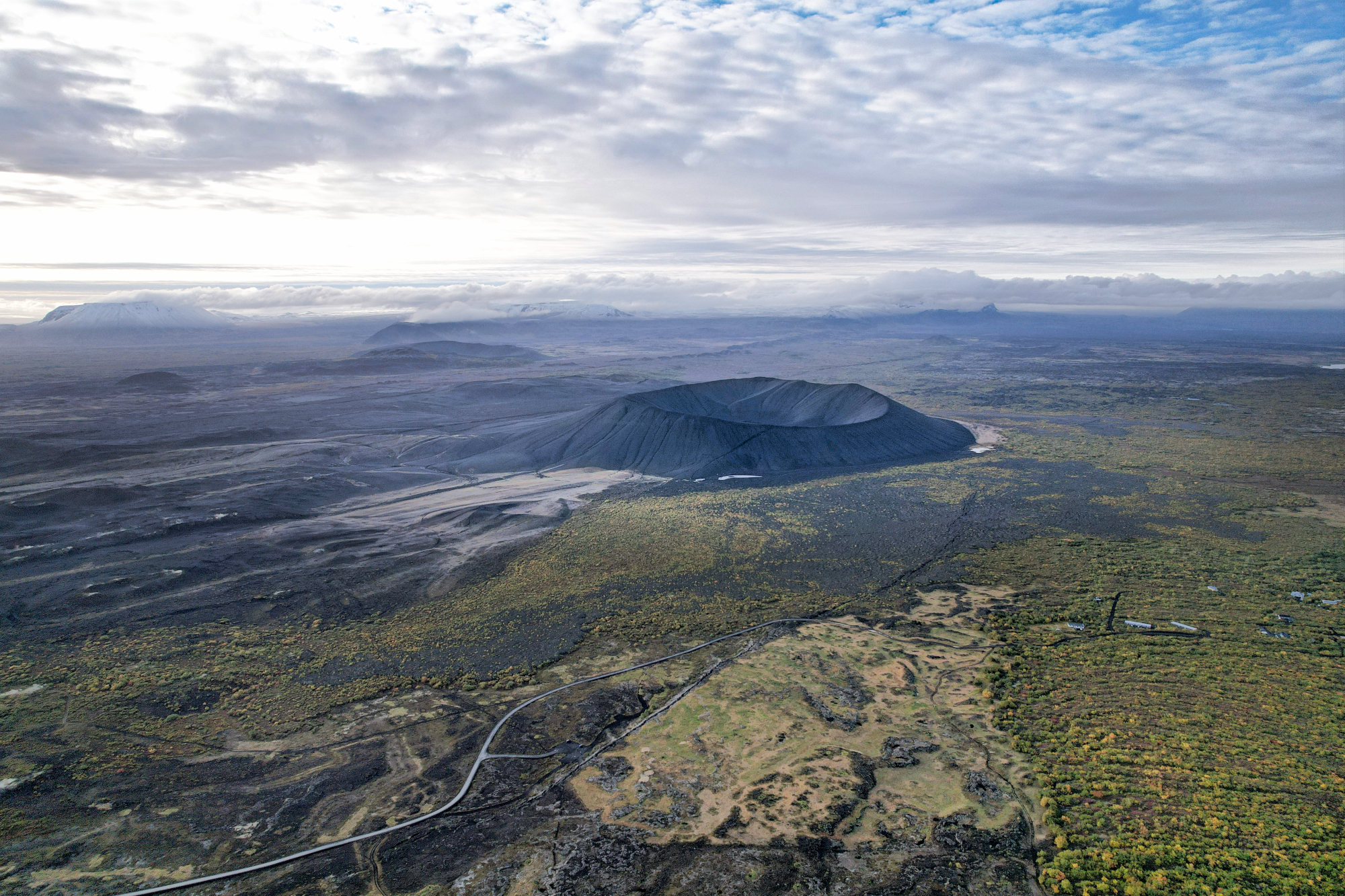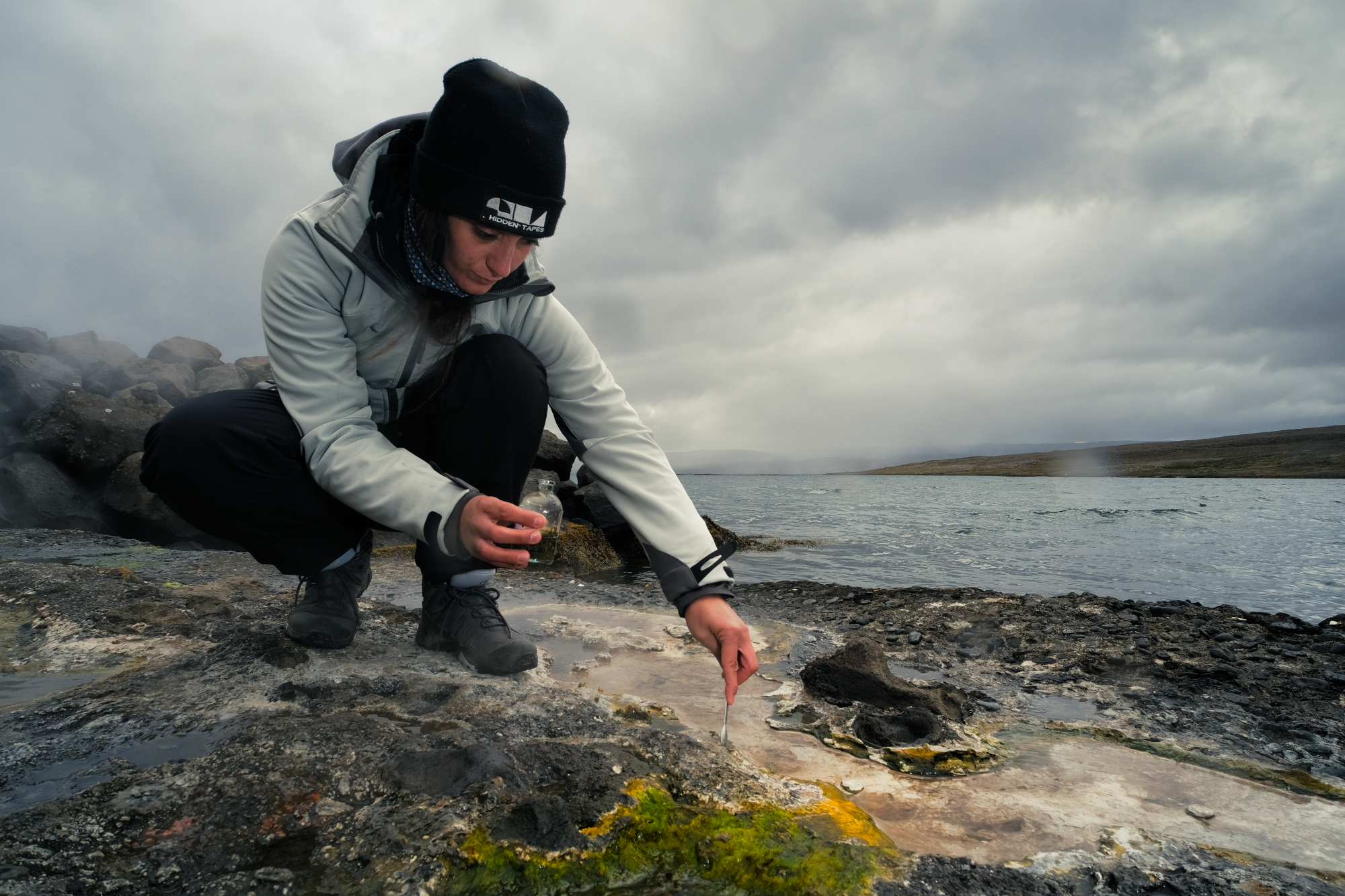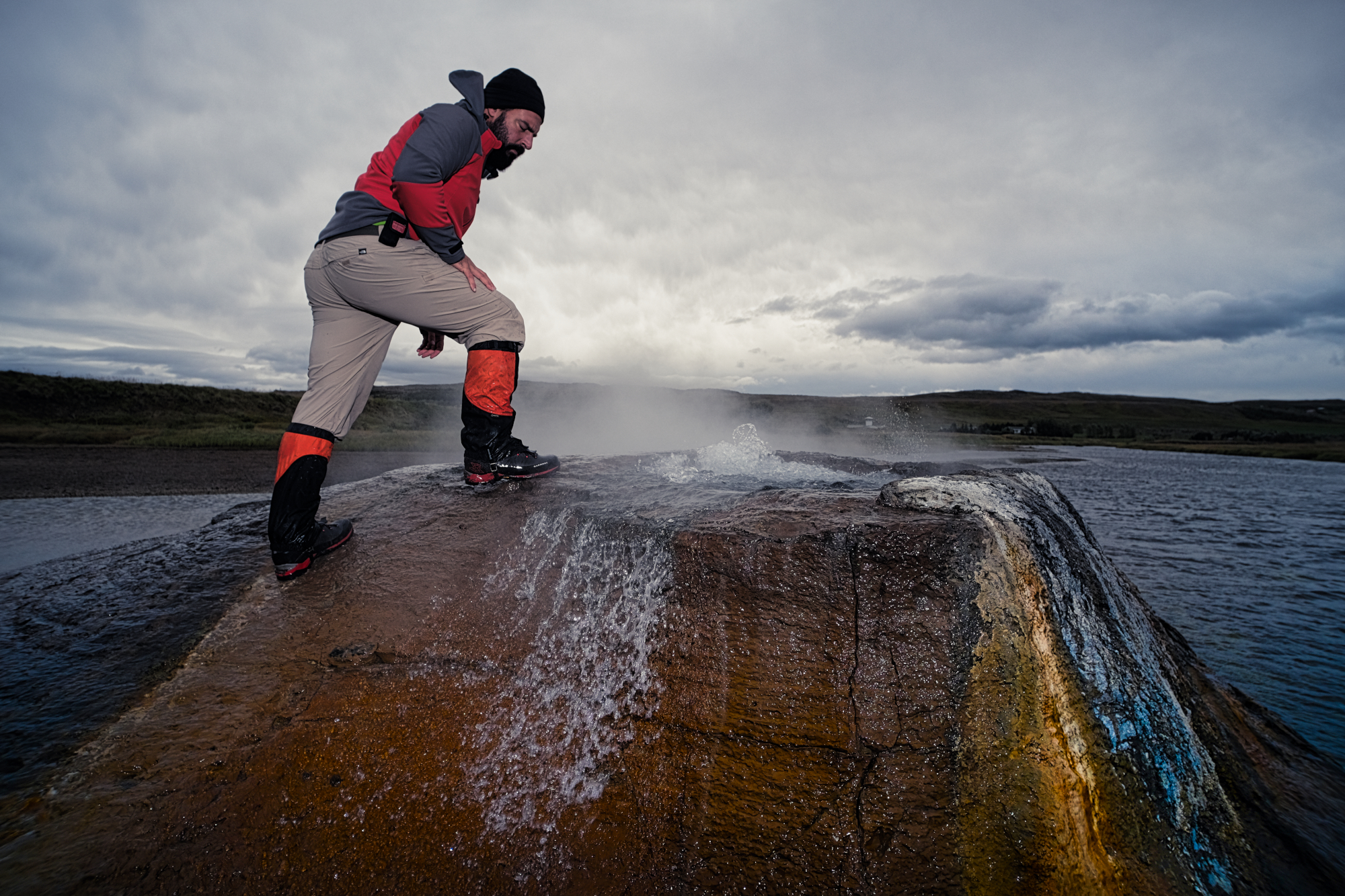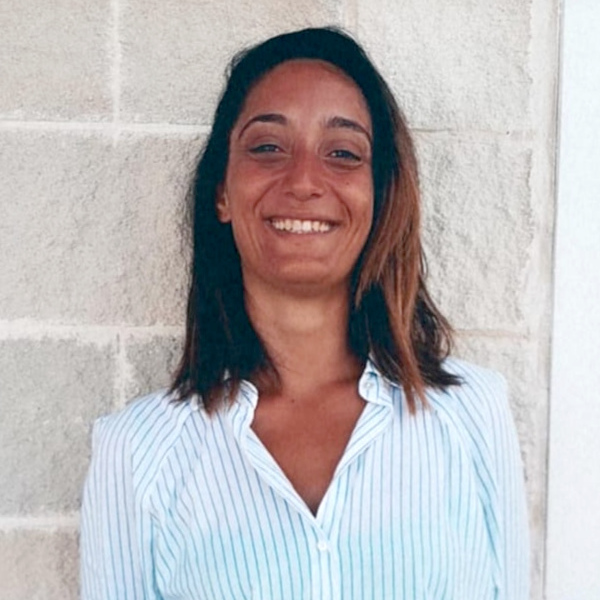2 min to read
Iceland expedition.
A report from the land of fire and ice.

Iceland is a magical land with its midnight sun, and night skies suddenly painted with the Northern Lights, whales, glaciers, basalt formations, black beaches, waterfalls and countless streams. But what truly makes it magical for me are the sudden eruptions and its numerous volcanoes. There’s a reason why I’m so fascinated by this aspect of Iceland, and it’s tied to the origin of this land. Few may know that this island didn’t form due to the fracture of the Pangea supercontinent but emerged from the upwelling of magma from the Mid-Atlantic Ridge. This ridge is a fracture on the floor of the central Atlantic associated with a hotspot, giving rise to Iceland. We are thus straddling the Eurasian and North American tectonic plates. One of the youngest lands on the planet, born about 20 million years ago compared to the Earth’s crust’s approximately 4 billion years, entirely formed by volcanic rocks rising from depths ranging from 900 to 1500 meters below sea level to 2100 meters above sea level.
One might wonder, why microbiologists would be interested in these features. The reason lies in the peculiar and geologically active conditions of Iceland which generate numerous thermal springs scattered in various areas, many of tourist interest, but also, or especially, of scientific interest. We refer to these places as natural laboratories, perfect for our studies aimed at gaining increasing knowledge about the relationships between the geosphere and biosphere, to understand the interactions between these two worlds and how one influences the other. One can imagine the excitement I felt when I learned that my first overseas expedition would be to the land I so desired to explore. And so, from August 25 to September 15, we travelled the roads of Iceland, from the most touristy and well-known places to the most remote and unknown, managing to identify and sample 30 geothermal sites, a true success.

Our team consisted of 5 microbiologists: Donato Giovannelli, Annarita Ricciardelli, Martina Cascone, Francesco Montemagno, and myself, Feliciana Oliva. With us were also gas geochemists Joost Maarten De Moor, Carlos J. Ramirez, Namita Kumar, and science journalist Jacopo Pasotti, in charge of documenting our work. At times, rain, wind, and cold challenged us, as did the difficulties often presented by our fantastic job, such as extremely high-temperature fluids, strong gas emissions, challenging paths, unconsolidated soils, and boiling vapours.

We collected samples of fluids, sediments, and biofilms at all sites, which will be processed in our laboratories at the University of Naples Federico II using various techniques for DNA extraction to identify and characterize the microbial community. We will also perform geochemical analyses to quantify concentrations of major, minor, and trace elements. Samples collected in collaboration with the Federico II microalgae collection, ACUF, will be used for the identification and isolation of microalgae, while gas emission samples will be analyzed by Joost Maarten De Moor’s team from the National University of Costa Rica, Heredia, (Costa Rica) and Peter Barry’s team from the Department of Marine Chemistry and Geochemistry, Woods Hole Oceanographic Institution, Woods Hole, MA, (USA).
Fotos: Jacopo Pasotti, 2024
